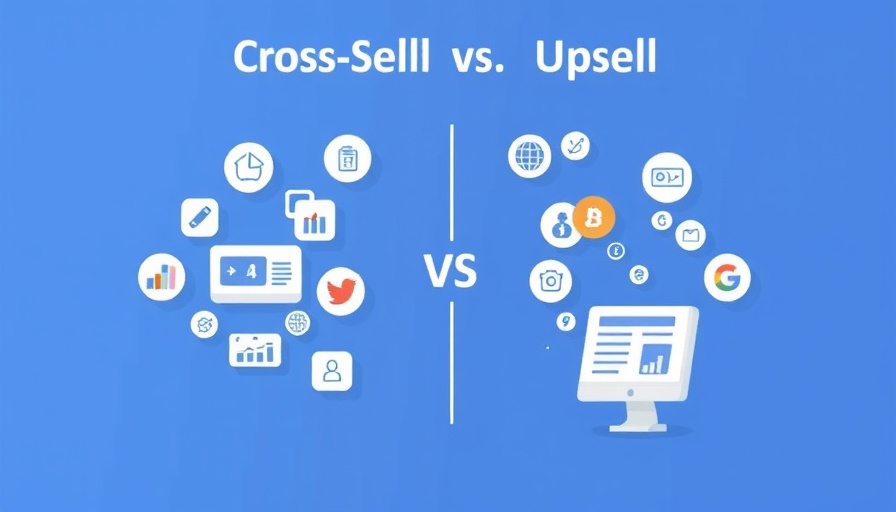
Understanding Cross-Selling and Upselling: Key Differences You Must Know
When you're in the business of scaling operations and seeking new revenue streams, mastering sales techniques is vital. Two key strategies you might encounter are cross-selling and upselling. But what distinguishes one from the other, and how can leveraging these methods affect your bottom line?
Defining the Terms: Upselling vs. Cross-Selling
At its core, upselling encourages customers to purchase a more expensive or premium version of a product they’re already considering. Think of it as guiding them toward a superior choice. On the other hand, cross-selling suggests a complementary product that enriches or enhances the original purchase. While upselling is like choosing the deluxe burger with extra toppings, cross-selling is akin to throwing in fries and a drink with that burger.
Timing is Everything: When Each Strategy Fits
Timing plays a crucial role in effectively implementing these strategies. Upselling often occurs prior to final purchase decisions, nudging the customer towards a more advanced option. Meanwhile, cross-selling can happen during the purchase process or later on, as you uncover additional customer needs. This flexibility in timing allows businesses to be more dynamic and responsive to customer behavior.
The Consultative Approach: Creating Value
Successful implementation of upselling and cross-selling hinges on a genuine focus on the customer's needs. True upselling resembles a conversation where a rep learns about the customer’s future growth plans and offers a robust plan with additional features to accommodate that growth. Cross-selling, conversely, targets solutions closely related to what the customer is already considering, such as suggesting a complementary tool to boost their existing investment. Both approaches pivot on the concept of value: it’s not just about increasing the sale size but ensuring customers leave satisfied with comprehensive solutions.
Utilizing Technology: The Important Role of Automation
AI-driven sales automation tools play a significant role in the current landscape of B2B sales. Analyzing customer interactions and behavior can inform both upselling and cross-selling strategies. By leveraging CRM technology and data analytics, businesses can pinpoint the right moments to suggest additional products or premiums effectively. Imagine harnessing sales AI to automatically recommend the perfect add-on based on previous purchases!
Actions to Take: How to Implement These Strategies
For business owners aiming to capitalize on upselling and cross-selling, begin by training your team in these approaches. Foster an environment where sales reps understand the customer's journey and can comfortably recommend upgrades or complementary products. Utilize tools such as customer feedback, sales analytics, and ongoing CRM integration to adapt your strategy as needed.
In the race for growth and revenue, understanding how to apply these sales techniques can catapult your business towards success. So roll up your sleeves, empower your sales team, and let’s start scaling your operations today!
 Add Row
Add Row  Add
Add 



Write A Comment